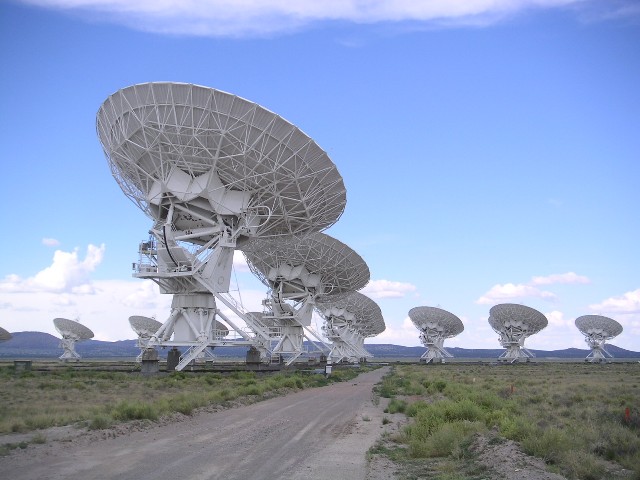
The end of April 2015 saw the news released that the permanent headquarters of the world's biggest radio telescope will be based in Britain. Members of the international Square Kilometre Array (SKA) project took the decision at a meeting on Wednesday, rejecting a rival bid from Italy. Formal negotiations on the arrangements have now started with the UK government.
Organisationally, the project bid has been working out of Jodrell Bank near Manchester; home to the famous 76m Lovell radio dish, Jodrell Bank will also now become the permanent HQ going forwards.
Although the telescope will not come fully on-stream for another decade, it will offer science students the opportunity to follow its construction, visit its site and become engaged in all aspects of its eventual capabilities. The SKA will deploy huge fields of antennas across Africa and Australia to sweep the sky for answers to the major outstanding questions in astronomy. The observatory, which will not fully come online until 2025, will probe the early Universe, test Einstein's theory of gravity and even search for alien intelligent life.
The SKA is one of the grand scientific projects of the 21st Century, its sheer scale meaning it simply has to be an international collaboration. Its widely dispersed network of antennas will produce a radio telescope with a collecting area of one million square metres (one square km) - equivalent to about 200 football pitches. The SKA will investigate light sources in the sky that radiate at centimetre to metre wavelengths - but it will achieve sensitivities that are far beyond the reach of current telescopes. This should allow it to see the hydrogen in the first stars and galaxies to form after the Big Bang.
The SKA will also pinpoint precisely the positions of the nearest 100 million galaxies. Scientists hope their structure will reveal new details about "dark energy", the mysterious negative pressure that appears to be pushing the cosmos apart at an ever increasing speed.
The first phase, constituting about 10% of the project as a whole, will cost about 650 million euros (£470m). Building and operating the array will be an immense technical challenge as the computing requirements alone to handle all the SKA's data will outstretch current capabilities. The designers are hoping the continued improvements in processing power will deliver systems sufficient to the task by the time the array is fully up and running in the middle of the next decade.



